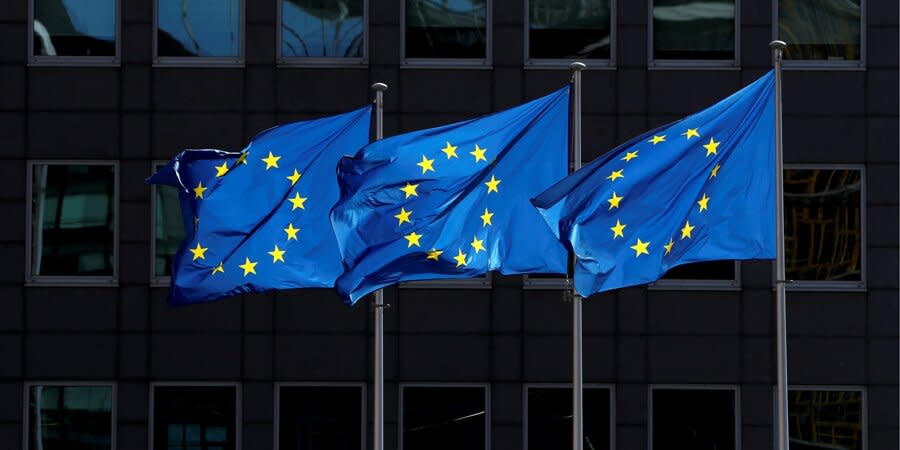EU finds legal way to use seized Russian central bank assets — media reports

The bloc’s Council Legal Service told diplomats that such a plan is legally feasible, as long as the assets aren’t expropriated and certain conditions are met, sources familiar with the matter told Bloomberg.
Read also: Intense competition in the EU: What is happening around Ukraine
The conditions include a termination date, a focus on liquid assets and clarity that the principal and interest would be returned to Russia at some point, the people said.
As a first step, the EU is considering pooling together the assets at the EU or international level in order to generate returns that could be used to finance the reconstruction of Ukraine — a task the World Bank has estimated could cost at least $350 billion.
Read also: New EU sanctions against Russia expected in February
However, according to Bloomberg, managing Russian assets would come with some risks. During a discussion with EU ambassadors on Jan. 25, EU lawyers explained that if there was a loss while the bloc managed the Russian assets, compensation would have to be provided through the EU budget or by member states.
Read also: Warsaw to ask EU to foot the bill for Ukraine-bound Leopard 2 tanks
The EU’s executive arm also warned that it would be difficult to take a decision until there is more clarity about the volume of assets that could be used and that the first step would be to locate them.
Some estimates suggest that Russian central bank assets frozen abroad amount to $300 billion. EU officials estimate that about EUR 33.8 billion of that is sitting in EU-based deposits, although the figure is still under assessment.
Read the original article on The New Voice of Ukraine
